- Home
- slideshows
- miscellaneous
- 10 cute animals you didn't know were cannibalistic
10 cute animals you didn't know were cannibalistic
Prairie dogs are generally vegetarian, but they can engage in cannibal behavior.

Hamsters can be cannibals, too.
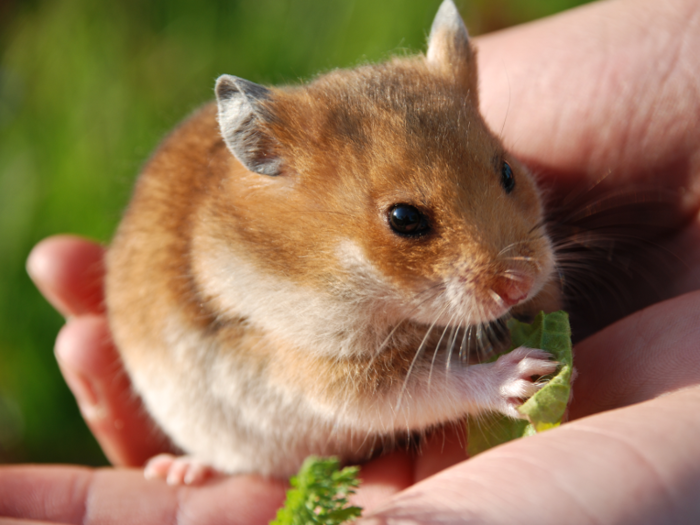
Hamsters have been known to cannibalize each other, but this phenomenon seems to occur as a result of a restricted diet. According to Gizmodo, switching hamsters to an all-corn diet instead of a more varied one that includes grains, roots, and insects can cause the mothers to eat their young.
Pigs are known to commit infanticide.
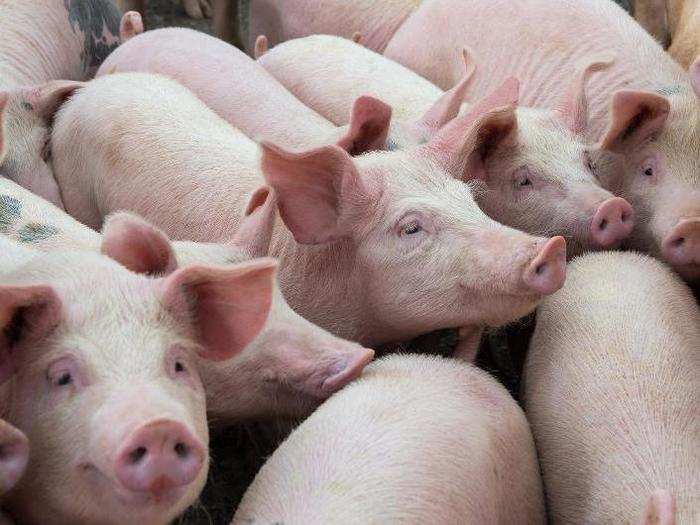
Also known as "savaging," cannibalism among pigs is associated with sows.
Piglet savaging often occurs with a pig's first litter.
In this case, cannibalism is sometimes attributed to a hormone change prior to giving birth, but it can also be related to a pig's nervousness, stress, or external environment.
Hedgehogs eat their own babies sometimes as well.
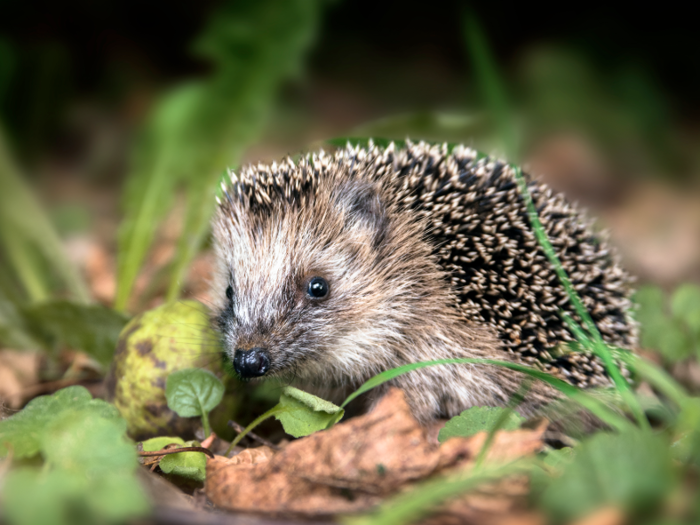
They might be a popular pet on social media, but African pygmy hedgehogs are known to cannibalize their young if the mothers get frightened.
In order to prevent litters of newborn hedgehogs from being eaten, some veterinarians recommend keeping hedgehog mothers separated from other hedgehogs and people prior to and after birth.
Occasionally, rabbits engage in cannibalistic behavior.

Rabbits don't engage in cannibalistic behavior often, but it can happen among female rabbits that have just given birth.
They may eat their young in response to a change in environment, lack of resources. Infanticide among rabbit mothers could also be a survival mechanism if the rabbit senses a predator nearby.
Read More: The weird science behind 10 animal feet
Ladybugs are cannibalistic insects.
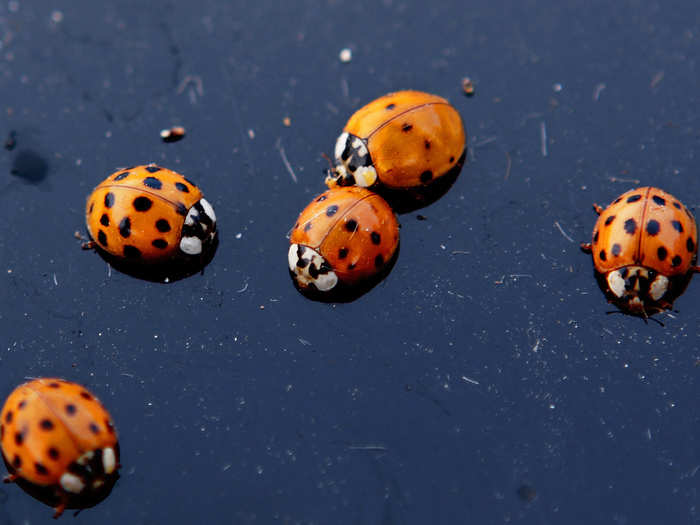
Ladybugs, also known as ladybirds in the UK, are recognizable thanks to their red coloring and unique spots. But this beetle has a dark, cannibalistic secret.
The larvae of several varieties of ladybugs, including two-spot ladybugs, eat ladybug eggs that have yet to hatch (their own siblings), reported the BBC.
Research has shown that ladybug larvae who eat their unhatched family members develop faster than non-cannibal larvae.
Ducklings can engage in cannibalistic behaviors when they're bored.
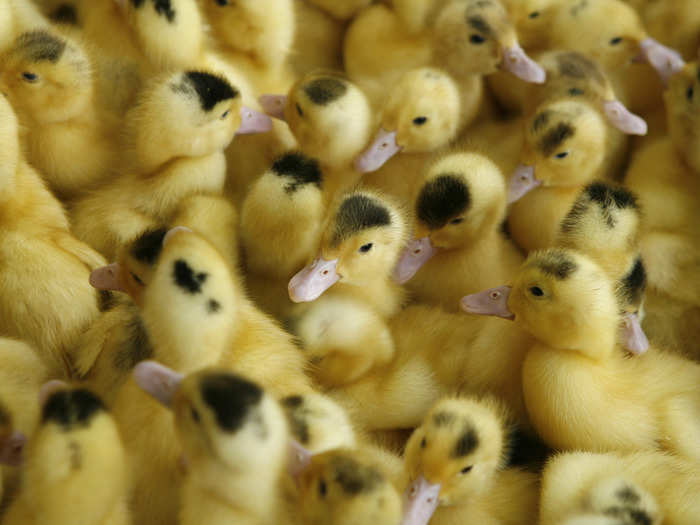
Ducklings over a month old are most likely to exhibit this tendency.
Ducklings are said to exhibit cannibalistic behavior when they are bored or aggravated by overcrowding, a lack of ventilation, or poor nutrition.
Cannibalistic chickens aren't uncommon.
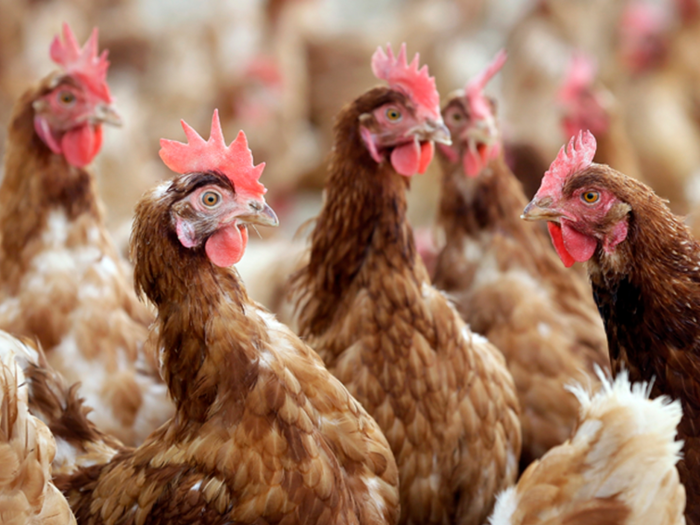
Chickens have a social hierarchy — it's literally a pecking order — yet chicken cannibalism is not an uncommon occurrence. Chickens have been known to peck, tear, and even consume the skin, tissue, and organs of others in a flock.
Although cannibalism among chickens (and other types of poultry) is more common in certain breeds, the aggressive behavior can also be limited and controlled via preventative measures. These include giving chickens plenty of space to avoid overcrowding, making sure water and food resources are available, and giving chickens a way to avoid too much sunlight. (Chickens should get a maximum 16 hours of light, artificial or otherwise, per day.)
As cannibalism is a learned behavior for chickens, it can spread through a flock.
Cannibalistic tiger salamanders have special physical features.
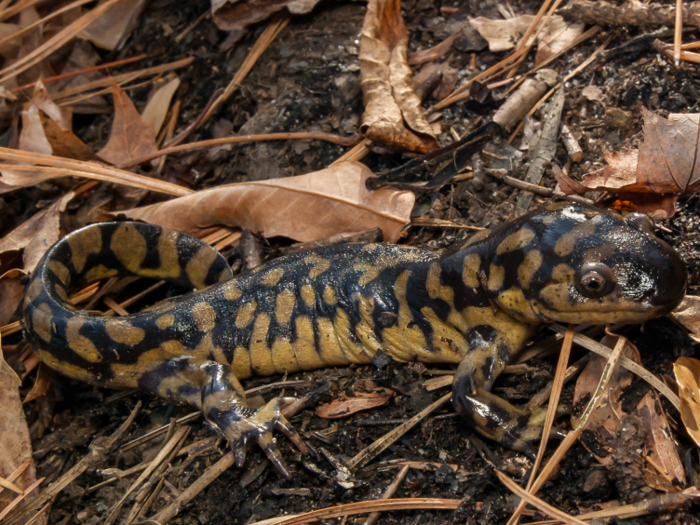
Cannibalistic members of this breed have been found to have bigger skulls than their non-cannibal counterparts.
They also typically have enlarged teeth. These morphed salamanders have been found to eat smaller members of their species every now and again, all in the name of eliminating competition for valuable resources.
Researchers have found that cannibalism in this species seems to happen most frequently in areas with a high density of the salamanders.
North American red squirrels commit infanticide.

Male red squirrels commit infanticide and cannibalism. The pups are often killed and eaten by nearby male squirrels who are typically not the father.
Interestingly, the infanticide occurs most often when food has been plentiful.
According to National Geographic, that's because female squirrels are more likely to have a second litter in years when more food is available. Since female squirrels have multiple mating partners before the first round of breeding, killing that initial litter allows a male to ensure the second litter will be only his.
Popular Right Now
Advertisement